-
 Algae BloomsCharles Stewart Mott Foundation PartnershipCollaborationFeature HomepageLake ErieLatest NewsMichiganNewsWater Quality and Restoration Efforts
Algae BloomsCharles Stewart Mott Foundation PartnershipCollaborationFeature HomepageLake ErieLatest NewsMichiganNewsWater Quality and Restoration EffortsCan Michigan reduce phosphorus pollution getting into Lake Erie by 40 percent?
-Michigan won’t reach the phosphorus reduction goal by 2025 as planned. It’s uncertain when it might attain that goal to help reduce cyanobacterial blooms in Lake Erie.
01 -
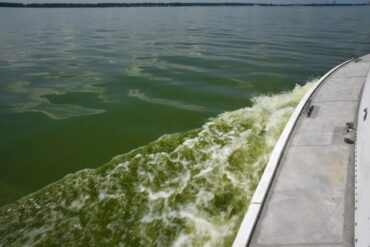 Algae BloomsCharles Stewart Mott Foundation PartnershipClimate ChangeCollaborationLake ErieLatest NewsNewsResearch, Data and TechnologyScience, Technology, ResearchWater Quality and Restoration Efforts
Algae BloomsCharles Stewart Mott Foundation PartnershipClimate ChangeCollaborationLake ErieLatest NewsNewsResearch, Data and TechnologyScience, Technology, ResearchWater Quality and Restoration EffortsToxins from cyanobacterial blooms can be airborne, but the threat to public health is unclear
-Researchers are studying how much of cyanobacterial toxins become airborne. They say breathing in the toxins is much worse than ingesting them.
-
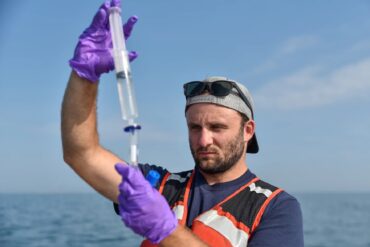 Algae BloomsCharles Stewart Mott Foundation PartnershipCollaborationLake ErieLatest NewsMichiganNewsResearch, Data and TechnologyScience, Technology, ResearchWater Quality and Restoration Efforts
Algae BloomsCharles Stewart Mott Foundation PartnershipCollaborationLake ErieLatest NewsMichiganNewsResearch, Data and TechnologyScience, Technology, ResearchWater Quality and Restoration EffortsScientists are learning just how complicated it will be to reduce toxic blooms in Lake Erie
-Two decades of study reveals a complex combination of factors causing large cyanobacterial blooms and their toxicity. Government incentives to reduce nutrient pollution from farms have not been enough to solve the problem so far.
-
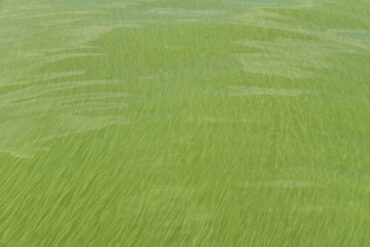 Algae BloomsCharles Stewart Mott Foundation PartnershipCollaborationLake ErieLatest NewsMichiganNewsResearch, Data and TechnologyScience, Technology, Research
Algae BloomsCharles Stewart Mott Foundation PartnershipCollaborationLake ErieLatest NewsMichiganNewsResearch, Data and TechnologyScience, Technology, ResearchHarmful algal blooms appearing on Lake Erie earlier than usual
-NOAA satellite images and a research vessel sampling Lake Erie water both found evidence of harmful algal blooms on July 5, a much earlier date than typical.
-
 Algae BloomsCharles Stewart Mott Foundation PartnershipCollaborationLake ErieLatest NewsMichiganNewsRefreshResearch, Data and TechnologyScience, Technology, ResearchWater Quality and Restoration Efforts
Algae BloomsCharles Stewart Mott Foundation PartnershipCollaborationLake ErieLatest NewsMichiganNewsRefreshResearch, Data and TechnologyScience, Technology, ResearchWater Quality and Restoration EffortsLake Erie harmful algal bloom expected to be smaller than average
-Last year’s severity index was at 6.8. Rick Stumpf with the National Oceanic and Atmospheric Administration says this year’s severity is expected to be around 3.
-
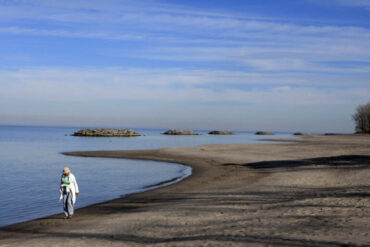
Lake Erie along Pennsylvania’s shoreline on its way to becoming national marine sanctuary
-President Joe Biden’s administration took the first step Thursday toward designating the Pennsylvania-owned section of Lake Erie as the state’s first national marine sanctuary.
-

2 fishermen caught cheating at Ohio tournament sentenced to 10-day jail terms, forfeit of $100k boat
-According to search warrant affidavits, five walleye contained lead weights and fillets. Officers from the Ohio Department of Natural Resources confiscated the fish as evidence.
-
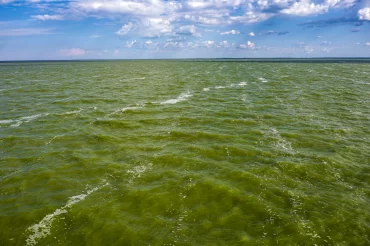 Algae BloomsCharles Stewart Mott Foundation PartnershipCollaborationLake ErieLatest NewsMichiganNewsOhioResearch, Data and TechnologyScience, Technology, ResearchWater Quality and Restoration Efforts
Algae BloomsCharles Stewart Mott Foundation PartnershipCollaborationLake ErieLatest NewsMichiganNewsOhioResearch, Data and TechnologyScience, Technology, ResearchWater Quality and Restoration EffortsReport: MI and OH must spend hundreds of millions more annually to curb toxic blooms in Lake Erie
-A new report suggests Michigan and Ohio will fail to reduce nutrient runoff by 40% as agreed upon.



